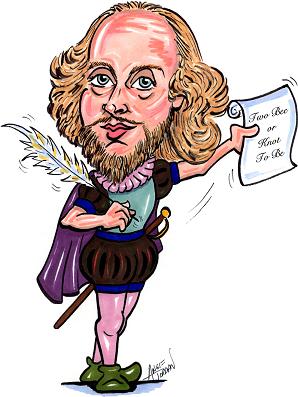Body of Work
Meditations on Mortality From the Human Anatomy Lab. By Christine Montross.
It is not easy to write a book about the first year of medical school — not a book anyone would want to read. The usual basics covered in that year’s curriculum are so very basic (cells, molecules and electrical circuits) that students spend much of the year in the library, memorizing facts and grumbling.
Except, of course, for the long hours they spend in gross anatomy laboratory, also a staple of the first-year curriculum. There, every single complicated emotion anyone has ever enunciated about the practice of medicine roars into the open so reliably it is surprising no one has come up with Christine Montross’s idea before. Dr. Montross, a recent medical graduate, has tethered an earnest and readable reflection on the process of becoming a doctor to the methodical dissection of a human cadaver, the first of all too many professional initiation rites.
In the last few years, some of the mystery has been stripped from this particular piece of medical education, thanks to the entrepreneurs behind the traveling exhibition “Bodies” and hundreds of anonymous citizens of China. ...But there is still a world of difference between observing the results of a dissection and personally wielding the scalpel. Medical students generally spend months hunched over a single body once belonging to a generous soul whose name they never learn, but whose intimate medical history they slowly unearth. They use not the miserably fallible tools of the real doctor, but their own two hands. It is the first and the last time most doctors ever see the normal and the abnormal intertwined from head to toe, in three dimensions and shades of beige and gray. ...
And underlying it all is the eternal paradox of medicine: the doctor and the patient who are at once identical and opposite. Before the students dissect out a structure, they instinctively feel for the landmarks on their own bodies. And yet, they cannot identify too closely with their cadavers, or with their patients in years to come, or they will become paralyzed by emotion. ...
By the same token, though, who better to describe the strange terrain between doctor and patient, dissector and cadaver, us and them, than someone actually crossing that no-man’s land? In a few years, Dr. Montross will be on the other side, never to return. That is when she will realize that, as terrifying and humbling it may be to cut up a human body who reminds you of your grandmother, the experience pales beside that of trying to heal a living version, smiling and fully clothed.
Tuesday, July 31, 2007
Review: Body of Work
New York Times: Abigail Zuger, M.D.
Labels:
Body Parts,
Book reviews,
medical education,
Medicine
Subscribe to:
Post Comments (Atom)


No comments:
Post a Comment